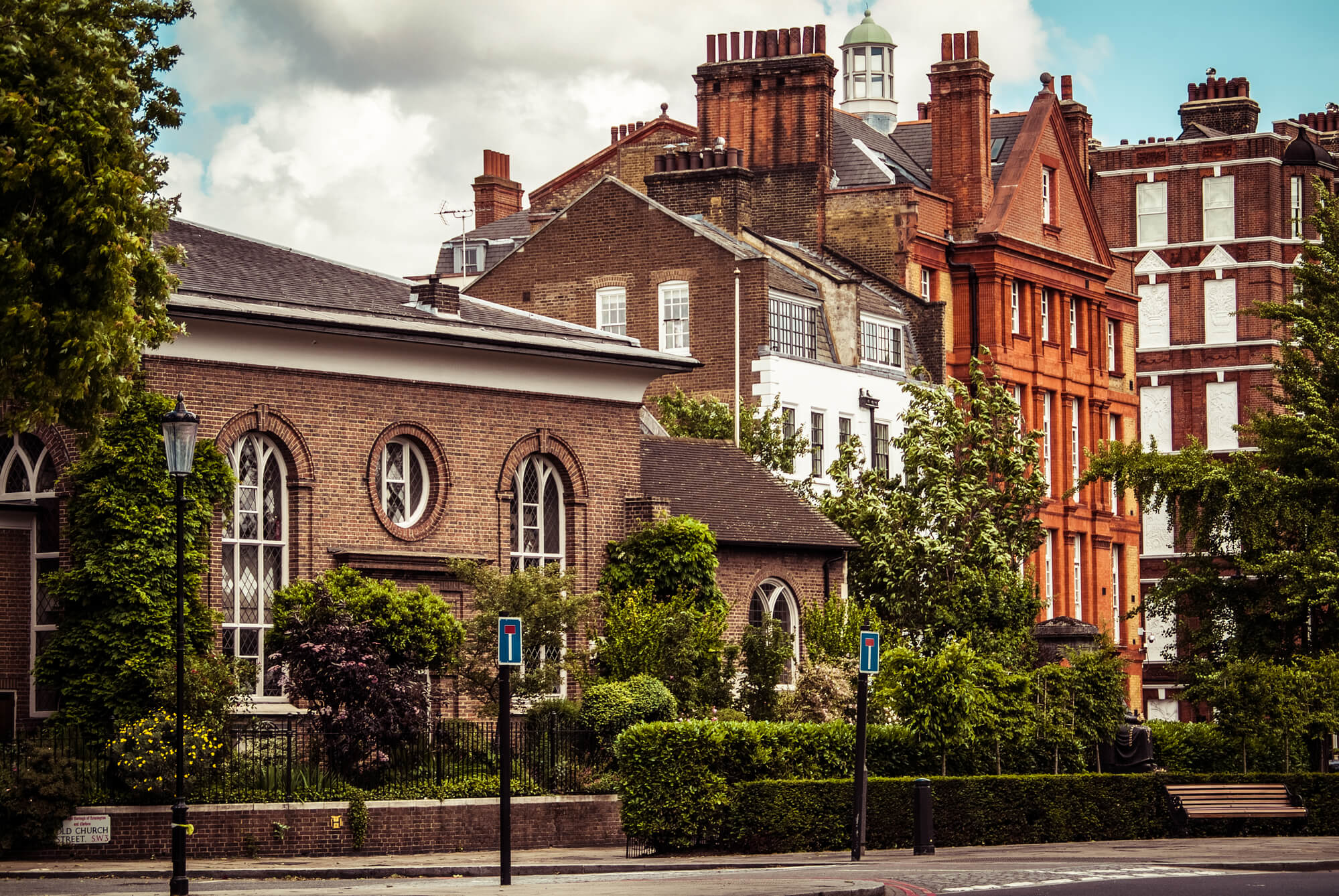Probate can be lengthy and time-consuming, often leading to delayed transition of assets. In addition to taking a lot of time, the process can sometimes be financially and emotionally draining for grieving families. However, the living trust is a smart way to sidestep this complex legal process and ensure your assets pass on to your chosen beneficiaries without any hitch. So, how does a living trust work, and how do you create one? This guide will walk you through these and more in detail.

How does a living trust work?
A living trust is a legal entity created to help property owners decide what happens to their assets during their lifetime and after passing on. With this legal arrangement, you can determine how your assets are managed and distributed.
The living trust document literarily places the management and control of assets into the hands of a trustee for the benefit of the beneficiary. The trustee holds a temporary right to control how assets in the trust are used till the original owner (grantor) passes away. When the grantor dies, outright ownership is transferred to the trust beneficiaries.
Unlike a will, a living trust directly transfers your assets to your beneficiaries without waiting for probate. Although probate has several amazing benefits, including transparency of asset distribution and validation of creditors’ claims, it is usually time-wasting and stressful. This is because when a will goes to probate, the court first confirms the validity of the will.

The probate court will confirm that the deceased wrote the presented will and also that it contains their exact wishes. Once the will validity is settled, any debts the deceased owes will be settled. Finally, the remainder of their assets are passed on to your chosen beneficiaries.
However, with a living trust, you can spare your family from this ordeal after you are gone. Now, let’s look into how this legal procedure avoids probate.
How does a living trust avoid probate?
A living trust avoids probate by transferring the ownership of assets, appointing a trustee, and giving clear instructions on the asset distribution terms. Here’s what these entail:
Asset Ownership Transfer

When you create a living trust, you transfer your assets to it. These assets may be real estate properties, investments, savings, or personal belongings like vehicles and jewelry. Once this is done, the appointed trustee has the legal right to manage the assets in the trust while the grantor is still alive.
Unless legally dismissed, the trustee retains this power till the grantor dies, after which he transfers the outright ownership and control of the assets to the beneficiaries. Assets held in a living trust technically belong to the trust and do not form part of your estate upon your passing. Thus, the trust beneficiaries do not need to apply for probate to claim ownership of such assets.

Imagine that you create a living trust with your children as beneficiaries and your cousin as the trustee. Immediately after concluding the asset transfer process, your cousin has the right to access and manage the assets in the trust. When you die, the asset ownership moves exclusively to your children in accordance with the terms of the trust. Thus, your children do not need to apply for a letter of probate when you pass on.
Clear Instructions
Another reason a living trust is able to avoid probate is that it contains clear instructions on how assets should be distributed upon the original owner’s death. The absence of ambiguities eliminates the need for the court’s involvement in interpreting the original property owner’s wishes, as is often the case with a will.
Can a living trust be reviewed?

Living trusts are generally amendable. However, the ease with which amendments can be made depends on whether you’re operating a revocable or an irrevocable living trust.
In a revocable living trust, you can stay on top of affairs by designating yourself a trustee. As a trustee, you can amend the terms and rules of the trust at your wish. You can add or remove any assets, change the trustee, or even change the beneficiaries.
A revocable trust also allows you to terminate the trust whenever it no longer serves you. Suppose you had a living trust with your spouse but are no longer married to them. In that case, you can terminate the trust. This automatically revokes the power they had over the assets in the trust.

However, you can only do so much regarding reviews and amendments in an irrevocable living trust. Here, you can’t designate yourself as a trustee. Also, you cannot take back assets in the trust or change the beneficiaries without the court’s permission.
This approach is only advisable if you are at a high risk of litigation or want to reduce your taxable assets. Since assets transferred to an irrevocable living trust belong to the trust, they will not form part of any tax calculation or be considered in litigation cases.
If you ever wondered how a living trust avoids probate, we hope this guide has cleared the air for you. In every living trust, asset ownership is transferred to the trust. An appointed trustee manages the assets till the grantor dies. Then, the ownership of the assets moves to the beneficiaries. Before creating a living trust, it is best to consult a living trust specialist or legal expert to ensure your trust is designed to meet your needs and also complies with UK laws. Got further questions? Our expert team will be glad to help.











